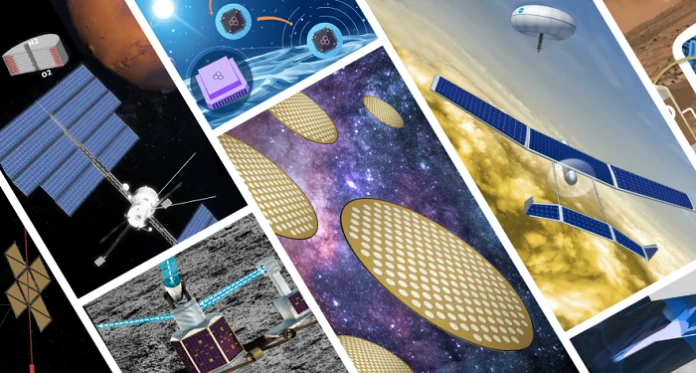
NASA’s commitment to pushing the boundaries of space exploration has once again been highlighted through the recent announcement of 13 winning ideas in Phase 1 of its NASA Innovative Advanced Concepts (NIAC) program. Aimed at fostering groundbreaking space technology concepts, the NIAC program plays a pivotal role in shaping the future of NASA missions over the next few decades. This article delves into the program’s objectives, past successes, and the transformative ideas selected in its latest phase.
Program Objective:
NASA’s NIAC program is designed to nurture pioneering concepts by providing early-stage funding for concept studies that could potentially revolutionize space exploration. The ultimate goal is to encourage innovative ideas that may lead to breakthrough innovations, transforming NASA’s capabilities over the next 20-30 years. The program not only supports cutting-edge research but also lays the groundwork for potential commercialization of these concepts.
Past NIAC-funded Ideas Realized:
The success stories of past NIAC-funded projects serve as a testament to the program’s effectiveness. Notable achievements include the Mars helicopter Ingenuity and the deep space MarCO cubesats, both of which originated from early NIAC research grants. These projects exemplify the program’s ability to transform initial sketches into successful missions, showcasing the tangible impact of nurturing innovative ideas.
Details of Current NIAC Phase:
In its latest Phase 1 selection, NASA has allocated funding to 13 futuristic concepts proposed by research teams across America. Each selected idea is granted $175,000 for initial prototyping, demonstrating NASA’s commitment to supporting the early development stages of groundbreaking space technologies.
Transformative Concepts Picked:
The diverse array of concepts chosen in the latest phase reflects the program’s commitment to exploring unconventional ideas. Some notable concepts include the development of an intelligent drone named MAGGIE for aerial-ground Mars exploration, studying animal hibernation to induce torpor in astronauts during lengthy space travel, and using Mars water mining data to search for signatures of alien life. Other concepts involve swarms of tiny spacecraft propelled by lasers for interstellar travel, innovative approaches to sample return from extreme environments of Venus, and autonomous sensors powered by tritium.
Evaluation Criteria:
To ensure the success and feasibility of the proposed concepts, NASA employs a rigorous evaluation process. The criteria include transformative potential, technical credibility, and creative origination. By focusing on these key aspects, the program aims to identify concepts that not only push the boundaries of current space exploration capabilities but also have the potential for real-world application.
NASA’s NIAC program continues to be a driving force behind the exploration of innovative and unconventional ideas in space technology. The 13 winning concepts from the latest phase showcase the program’s commitment to fostering groundbreaking advancements. As these ideas progress from the conceptual stage to prototyping, the future of space exploration appears more promising than ever, with NASA leading the way in shaping the next frontier of human exploration beyond our planet.

